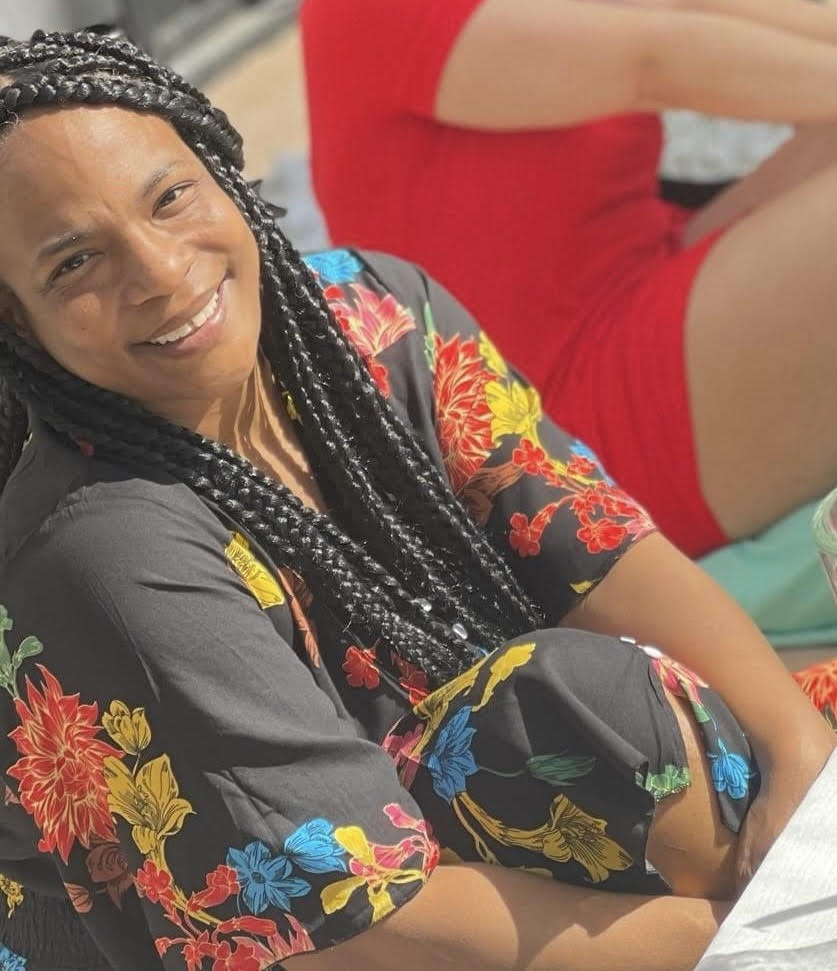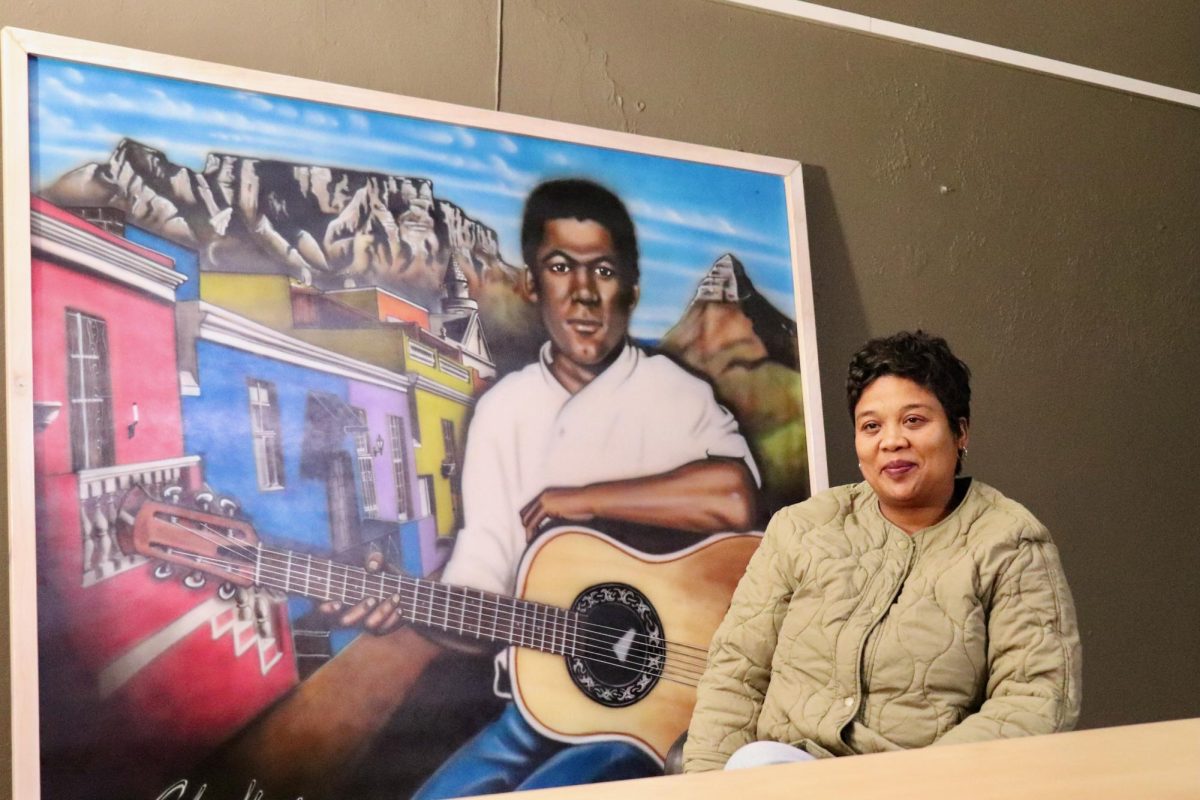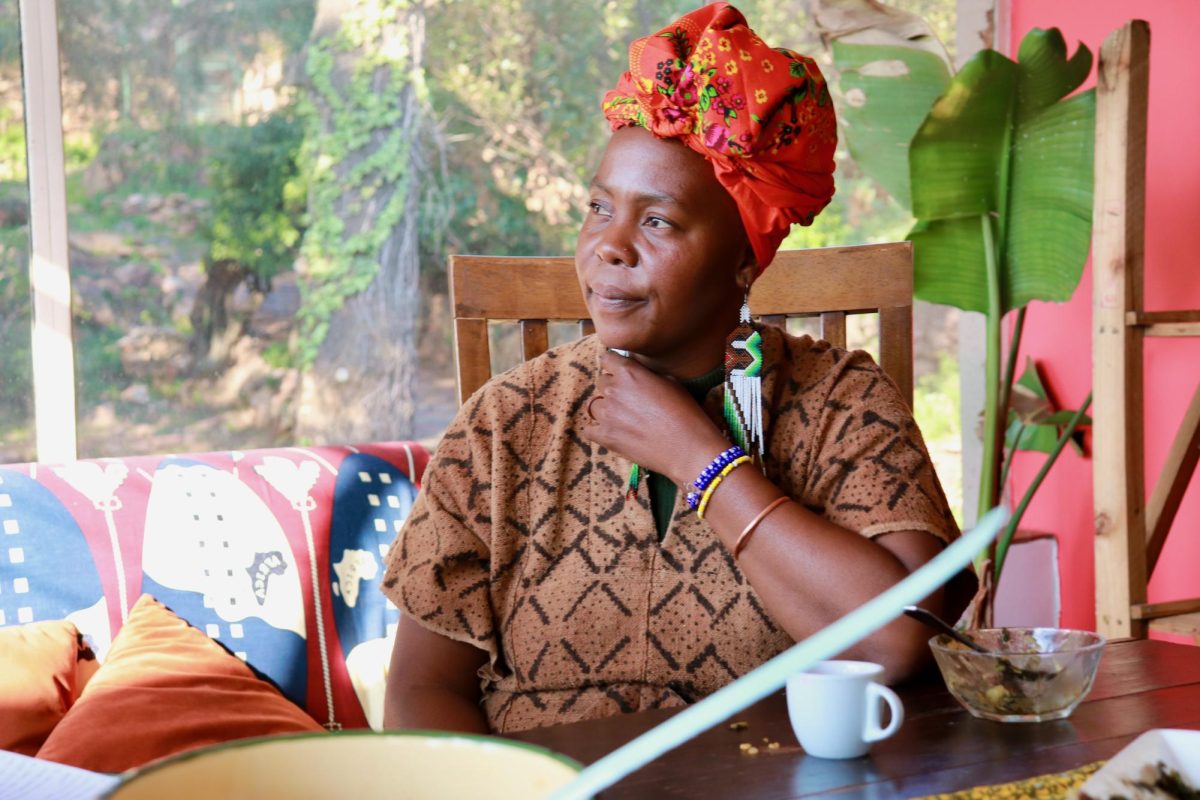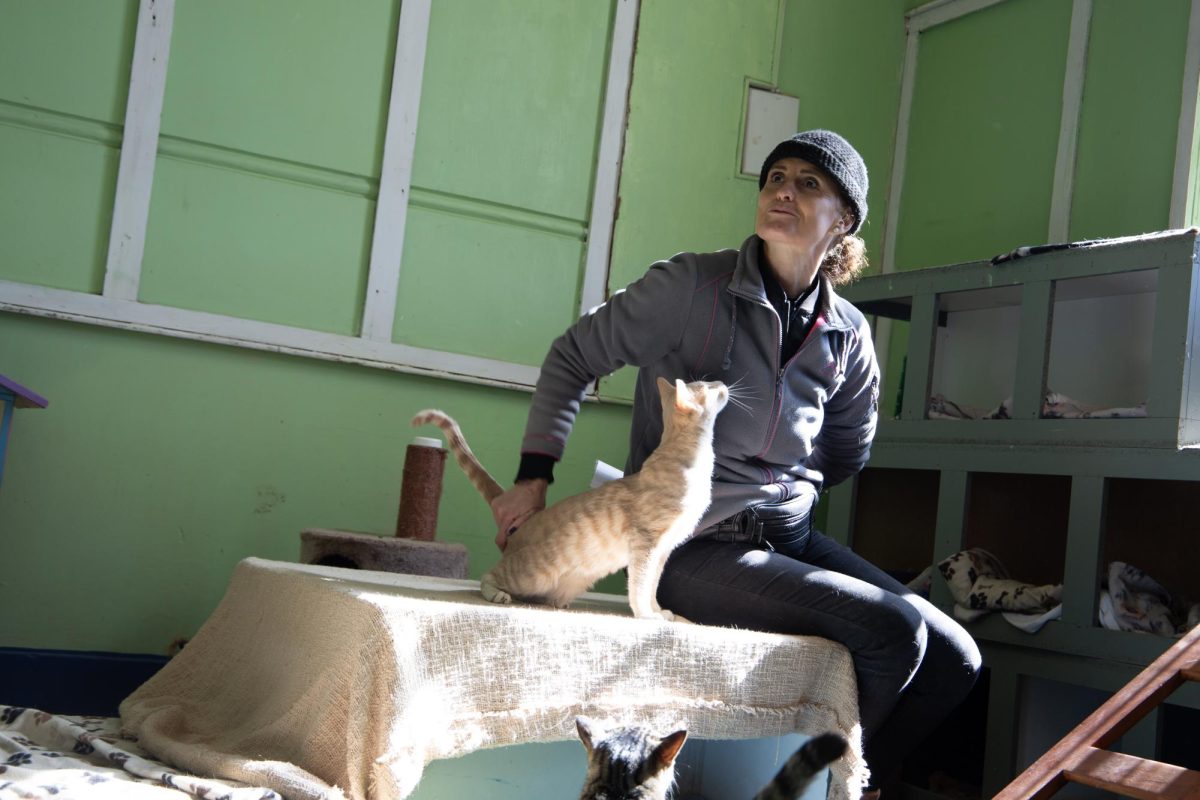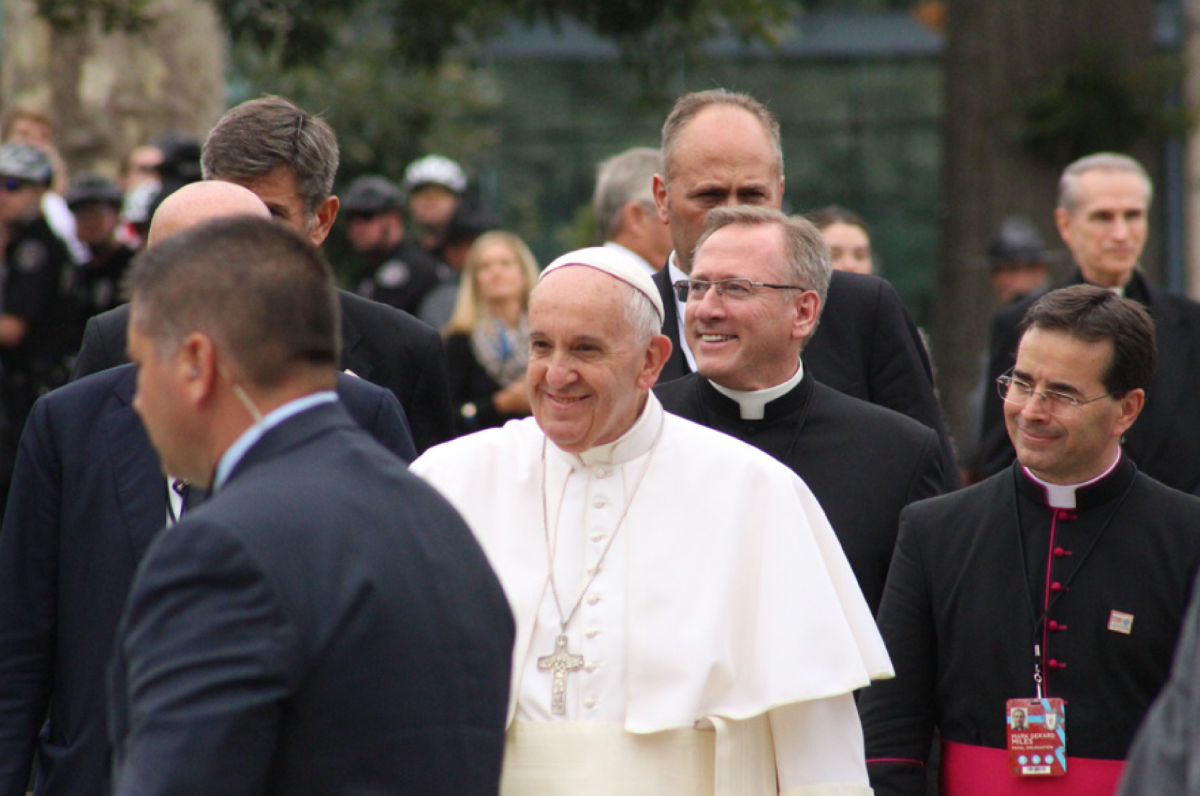Administration responds to opposition to increased enrollment
On Feb 10. the University Student Senate (USS) hosted a panel in response to the recent administrative decision to increase the incoming freshman class to 1,500 students.
The panel discussion included all members of the university senate, John Smithson, senior vice president, Robert Moore, Ph.D., faculty senate pres- ident and assistant professor of sociology, Cary Anderson, Ph.D, vice president of the office of student life, as well as a student gallery.
“We [USS] thought it would be appropriate to hear from Senior Vice President Smithson…and Moore…and we were hoping he could add a touch of color to how the faculty feel,” said student body president Nicholas Paolizzi, ’15.
Members of the senate were first allowed to ask Smithson and Moore their questions before the floor was opened to the student gallery.
Many questions were asked, including how the budget cuts and increased enrollment would affect student clubs and organizations that have already been struggling. Smithson replied that the budgets of these student organizations would not be impacted in any way, as the Student Budget Allocation Committee (SBAC) will continue operating under the same amount of funding.
One student raised the point that there are methods other than increasing enrollment that could increase the revenue of the university. The student then went on to ask Smithson and Moore whether the decision to admit 1,500 students was a balanced one, for some faculty are not happy with the way the decision was brought about.
Moore confirmed this aggravation, stating that although the faculty members under- stand that it was a difficult decision, they are upset they were not consulted.
Susan Liebell, Ph.D., assistant professor of political science, is one such faculty mem- ber who does not agree with the decision-making process. Liebell said that faculty knew nothing about it, and that she is upset that the choice to enroll extra students was never open to discussion.
“What’s the process when we make these big changes?” asked Liebell. “Don’t you want to ask some of the people who are your team players what they think?”
Another concern raised during the panel discussion was about if faculty have enough time to teach extra students while conducting scholarship and research. Moore agreed that this was a topic of unease among faculty, for it is a professor’s research and scholarship that adds to the value and name of an institution.
Liebell agreed and said that a professor’s ability to conduct research directly adds to the classroom experience and the quality of education offered.
“It just makes me a little more interesting, because I learned something new, I did something new, and then I bring it into the classroom,” she explained.
At the end of the panel discussion, students left with conflicting views; some felt happy about the decision to enroll 1,500, while others remained skeptical.
“I’m actually for the plan to expand just because the attitude a lot of the students have about expanding is not what the school’s about,” said Jessie Marinucci, ’17. “I think there is a prejudice against letting students in that are inferior or lower in capabilities, and I just think it’s something like if our school is meant to promote this Magis, or living greater, we should be open to new students coming here so we can help people live greater.”
Kelly France, ‘14, said, “I went because I didn’t want to form an opinion until I had all the facts. I thought it was good, straight, open discussion…[but] I think the real problem is that the decision has already been made despite any opinions that I have or faculty or other students… and so that’s the biggest issue. We have opinions on it, but the administration really isn’t listening to that.”
In addition to the concerns brought up at the panel, there have been reports circulating campus that students were considering transferring because of the university’s decision to increase enrollment to 1,500. This is in regards to the view that the reputation of St. Joe’s is in decline, and the feeling of students that their degrees are losing value.
When asked if she had heard of such reports, Liebell responded that in one of her classes, “several students said they were thinking of transferring. And it’s scary,” she continued, “because they are really good students and we don’t want to lose them.”
When the issue was brought up to Kimberly Allen-Stuck, director of student success and student retention, she stated, “We have heard of two students and that isn’t alarming.” Stuck went on to add that in regards to ratings of universities by U.S. News and World Report, retention rates only account for five percent of the total score. Rather, it is an institution’s graduation rates that are more important as they account for 20 percent of a university’s score.
Additionally, St. Joe’s retention and graduation rates are both above the national average. St. Joe’s current retention rate is approximately 89 percent compared to the national average of 79 percent. The current St. Joe’s graduation rate is 78.4 percent, whereas the national average is 59 percent.
In regards to concerns about enrollment and how it relates to the university’s ratings, Stuck stated, “We do very well with the students we admit…we’re admitting people who can be successful here [and] we’re retaining them.”
When the possibility of students transferring was brought to the attention of Joseph Lunardi, associate vice president of marketing and communications, he responded, “I would encourage anyone considering leaving whether it be a student or a staff member or a faculty member to take an honest look at the math.”
The panel discussion, however, was not the only act that came in response to the university’s decision. Paolizzi, soon after learning of the administration’s decision to enroll an extra 225 students, decided to draft a petition that urges the university to refrain from increasing enrollment.
Despite both Wachterhauser and Smithson conveying that it was unlikely the petition would change the decision, it still received over 1,500 signatures by Feb. 8. Paolizzi voiced excitement over student interest in the petition.
“My main objective in starting the petition was more for awareness, so that students were aware of what was going on and they had an avenue that they could voice their opinion if they felt that way,” said Paolizzi. “I am really happy that I was able to make an otherwise very apathetic student body who doesn’t really want to be bothered to care about something…I’m glad they were able to voice their concern and be passionate about something.”
University Provost Brice Wachterhauser, Ph.D, was not available for a comment by press time and John Haller, associate provost of enrollment, declined to comment.
Amanda Murphy, ’14 contributed interviews to this article.












